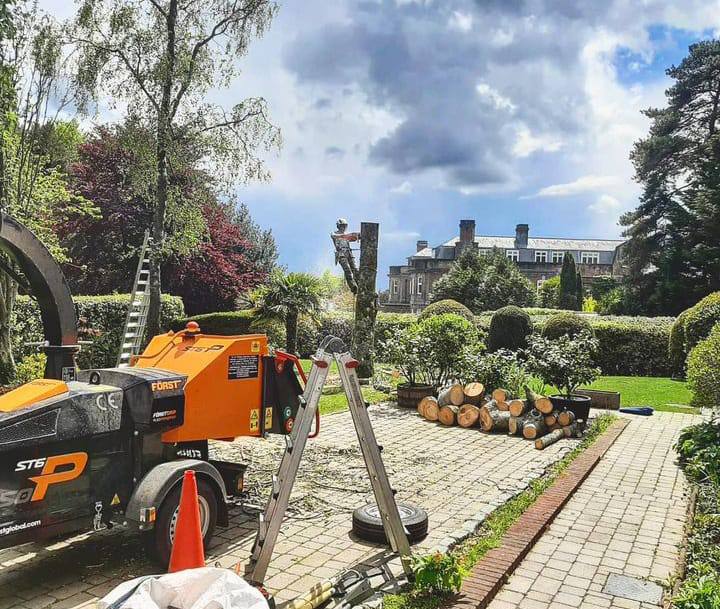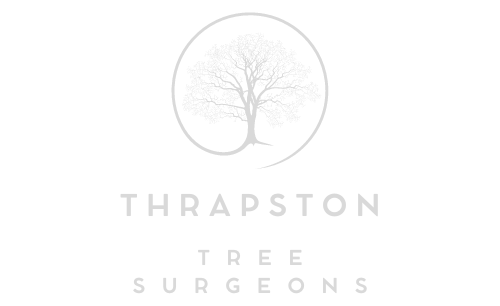How Crown Reduction Differs From Crown Thinning and Lifting
When it comes to tree care, understanding the different tree surgery techniques available can help you make the right decision for the health and appearance of your trees. Three common methods of tree pruning are crown reduction, crown thinning, and crown lifting. While all of these techniques involve cutting back parts of the tree, each one serves a different purpose and has a specific impact on the tree’s structure. In this article, we’ll explain how crown reduction differs from crown thinning and lifting, so you can understand when each method is appropriate for your tree.
What is Crown Reduction?
Crown reduction is a tree surgery technique designed to reduce the overall size of a tree’s crown, or canopy. The process involves shortening branches, typically by removing a portion of the branches back to a suitable growing point, such as a side branch. This technique is often used when a tree has grown too large for its surroundings or when it poses a risk to nearby structures, power lines, or pathways.
Crown reduction can be beneficial for controlling the shape and size of a tree without completely removing it. It also helps to improve the tree’s structure and allows more light to penetrate through the canopy. However, crown reduction should be performed carefully, as too much reduction can damage the tree and lead to poor regrowth.
What is Crown Thinning?
Crown thinning, on the other hand, focuses on removing specific branches from within the tree’s canopy to reduce the density of the crown. Unlike crown reduction, which reduces the size of the tree as a whole, crown thinning aims to maintain the overall size and shape of the tree while improving its structure.
During a crown thinning, weak, damaged, or crossing branches are removed to allow more air and light to pass through the canopy. This technique can help to reduce the risk of disease and pests, as well as improve the overall health of the tree by allowing for better airflow and sunlight penetration. It is often used on mature trees that have dense foliage and require thinning to remain healthy and strong.
What is Crown Lifting?
Crown lifting is the process of removing the lower branches of a tree to raise the canopy to a desired height. This technique is often used when the lower branches are interfering with buildings, roads, or other structures. Crown lifting can also be beneficial for improving visibility, particularly in areas with traffic or pedestrian pathways.
Unlike crown reduction or thinning, crown lifting does not reduce the overall size or density of the tree’s canopy. Instead, it focuses on creating more space beneath the tree and improving the tree’s shape by removing lower branches. This technique can help improve access around the tree and allow other plants or structures to thrive beneath it.
Key Differences Between Crown Reduction, Thinning, and Lifting
While crown reduction, thinning, and lifting all involve pruning parts of a tree, their purposes, methods, and effects are quite different:
- Crown Reduction: Reduces the size of the tree’s overall canopy. It is used when the tree has become too large or needs to be contained within a specific area.
- Crown Thinning: Removes selective branches to reduce the density of the canopy, allowing more light and air to pass through. This method is often used to improve the tree’s health and structure without altering its size.
- Crown Lifting: Involves removing the lower branches of the tree to raise the canopy and create more space beneath it. This technique is commonly used for clearance and improving visibility.
Each method serves a unique purpose and should be carried out by a professional tree surgeon who can assess the tree’s condition and decide on the most appropriate approach.
Conclusion
Crown reduction, thinning, and lifting are all valuable tree care techniques, each serving its own specific purpose. Crown reduction is ideal for controlling the overall size of the tree, crown thinning helps to maintain a healthy and strong canopy, and crown lifting creates more space beneath the tree for better visibility and clearance. Understanding these differences ensures that you make the right choice for your tree’s health and your property’s needs.
At Thrapston Tree Surgeons, we specialise in all aspects of tree surgery, including crown reduction, thinning, and lifting. If you’re unsure which method is best for your tree, contact us today for a consultation. Our expert team is ready to help you keep your trees healthy, safe, and well-maintained.
Call us on: 01832 770 681
Click here to find out more about Thrapston Tree Surgeons
Click here to complete our contact form and see how we can help with your tree needs.

